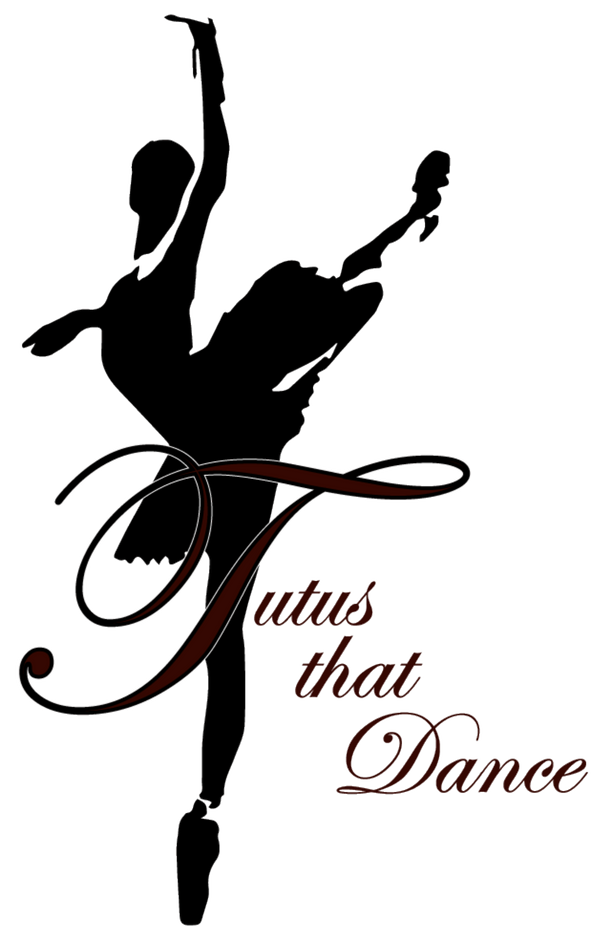
Tips on How to Fit your Bodice Point
Share
TIPS ON HOW TO FIT YOUR
TUTU BODICE POINT
PURCHASE ARTICLE HERE: https://tutusthatdance.com/collections/faq-articles/products/bodice-point-tips
Do you have problems with your tutu bodice point? Does it not lay flat against the body? Does it need to? Where should the point end? Does it fit nicely until they move?
First, the shape, where it ends and how it lays information is my personal preference. You don’t need to agree with my taste, but you should know how to make it do what YOU want.


NUMBER ONE issue are points that are too soft or floppy. 99% of this can be solved with boning!
NUMBER FIVE checking the fit with movement: This is vital for the best fit.
TUTU BODICE POINT
PURCHASE ARTICLE HERE: https://tutusthatdance.com/collections/faq-articles/products/bodice-point-tips
Do you have problems with your tutu bodice point? Does it not lay flat against the body? Does it need to? Where should the point end? Does it fit nicely until they move?
First, the shape, where it ends and how it lays information is my personal preference. You don’t need to agree with my taste, but you should know how to make it do what YOU want.
- I’ve included a few photos, these are just examples and should not be deemed “bad”, the tutu maker may have wanted this look. I’m just using to show examples of things that can be adjusted.


NUMBER ONE issue are points that are too soft or floppy. 99% of this can be solved with boning!
- Using the proper boning and running it down the entire center front seam.
- Good ones to use: white flat steels (my favorite size is 3/8”), good (German) plastic bones. These should bend forward and back, not to the side.
- This again is personal preference but I feel that if it just touches or nearly touches the top ruffle it’s a flattering line. I find that when they are shorter or too short it cuts the line of the dancer.
- If you look at the section of the body from above the waist to high hip, you will notice everyone’s shape differs.
- One way to help is to measure waist front and waist back as 2 measurements, and note where they curve.
- When fitting:
- Adjust the pattern by taking in and shaping the seams.
- Knowing which seams to adjust, how and how much will help.
- Seldom do I alter the center front panel. This I maintain to keep the “look” of the bodice.
- Adjust and pull in seams until the bodice is very snug and flat against the body.
- Be sure to true up the edges if you take in the seams.
- Using elastic stays: the best method in most cases.
- Buttonhole elastic: Handy when you need to switch out bodices quickly or often. Often not sufficiently enough tension to hold the point down securely or flat enough to the body.
- Sew the entire bodice edge to the basque: Often used when being partnered.
NUMBER FIVE checking the fit with movement: This is vital for the best fit.
- Have the dancer stretch to the back as far as she can. Note where her back bends. If her back bends low (at the waist) you will need to allow for that and also provide a strong method of attaching the elastics. You may want or need to make a slightly higher basque to keep the two pieces from separating too much allowing the skin to show.
- If the dancer stretches more at the top, you will have to make sure that as she does stretch back, her bodice does not slip to low.
- Whichever is the case you will want to make sure she has total freedom to stretch AND the bodice does not slide to low at the top.
- For issues with the bodice slipping down too much, first, tighten the shoulder elastics and recheck.
For in-depth training in fitting and pattern alteration attend one of our seminars.
